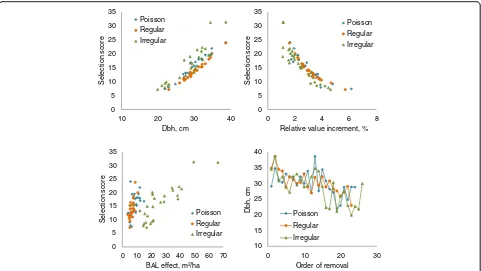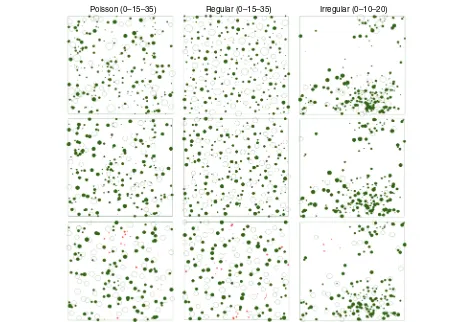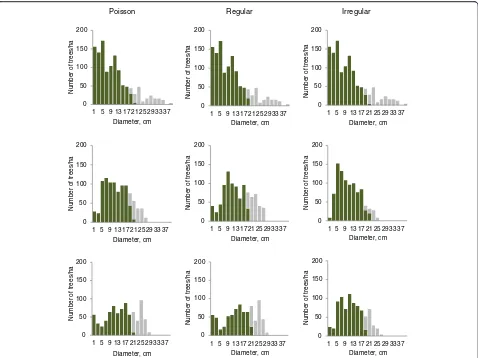Which trees should be removed in thinning treatments?
Full text
Figure




Related documents
Sustainability socially related economic activities of coastal communities that are identical to the utilization of marine resources so that the needs of the
Since the knowledge regarding the role of enteroviruses in young neonates with sepsis is lim- ited in our region, therefore, this study was aimed to determine the etiologic agents
A simple UV spectrophotometric method is presented here based on oxidation of enalapril maleate with potassium permanganate and sulphuric acid.. MATERIALS
To address those questions theoretically, we will first adapt the classical Logistic model with closed/open seasonal harvest- ing which turns out to be a non-smooth Logistic model,
The characteristics of culture is embedded in performance (whether individual or corporate performance), and vise versa. The three tiers of management respond positively
Asymptotic validity of sieve bootstrap ADF unit root tests is shown for test statistics based on full sample and recursive OLS and GLS detrending.. It is also shown that the
In both 2011–2012 and 2012–2013, Apex Learning students who took an Apex Learning course and a State of Texas Assessment of Academic Readiness/End of Course (STAAR/EOC)
Abbreviations: ASD= autism spectrum disorder; MSEL= Mullen Scales of Early Learning; GM= gross motor abilities (MSEL); FM= fine motor abilities (MSEL); VR= visual reception





